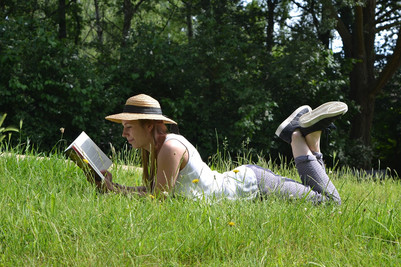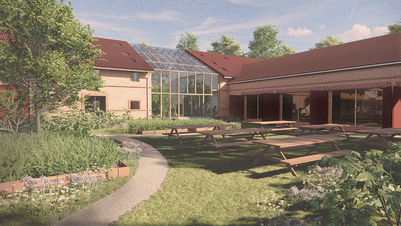
Coronablog on Corridors and Confinement | Martin Søberg

30 April 2020
These days, my home is my castle. Not like a palace, a splendid setting for luxurious lifestyle, but rather in the sense of an edifice which protects and isolates, these days against an invisible enemy, a virus. A castle is a place where people life and work. As such, it differs from the modernist principles of zoning which separated work from domestic life, labour from leisure. Currently, such a separation has disappeared, at least for me. My daily commute is a short walk through a corridor.
The architectural history of the welfare state is full of examples in which spaces allocated for work and for some sort of home were mixing. Hospitals and sanatoria were temporary homes, yet also places of work, as were prisons, mental institutions and certain kinds of schools. In my research as part of the Spaces of Danish Welfare project, I’m investigating a particular type of such work-home spatializations: work camps. During the 1930s and early 1940s, the Danish state built a number of work camps around Denmark for young unemployed people. For several months, these people would live a highly regulated life. They would engage in physical labour, for instance in draining projects, they would sleep in dormitories and receive some basic education in Danish, arithmetic and geography. The architects Kay Fisker and C.F. Møller designed several of these facilities such as the Audebo camp near Holbæk. This Spring, I had intended to research on Fisker and Møller’s design of those camps as examples of social welfare and its spatialization, yet the current situation prevents me from visiting the archives. I’m locked in my castle.
Working from home is a poor comparison to being enrolled in a work camp. Yet states of exception urges us to reflect: How did those young people experience the amalgamation of working, living and learning in the Audebo camp, for instance when walking down its central corridor? What sort of biopolitics was expressed and enacted through the spatialization of such a programme and through such kind of architecture? The politics of protection? Or isolation?

















